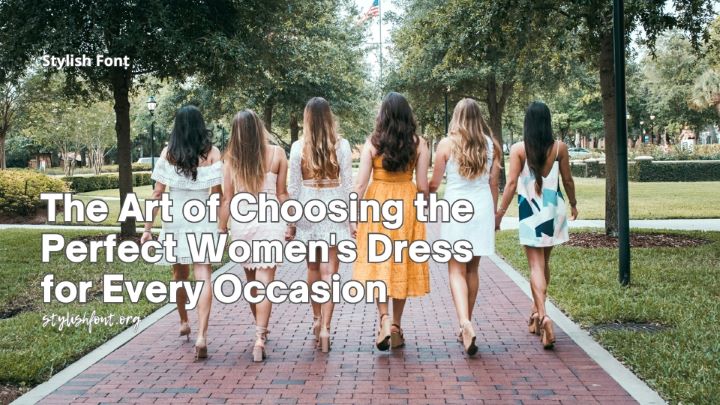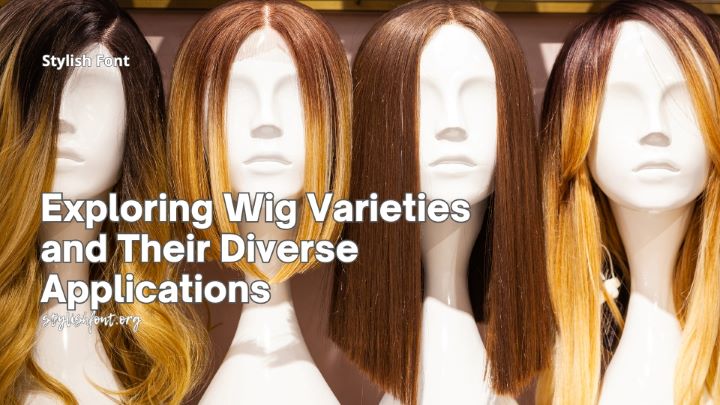Introduction In recent years, the fashion industry has undergone a transformative shift, embracing inclusivity and breaking down traditional gender norms. One of the most significant trends to emerge is gender-fluid and unisex fashion. No longer confined to the binary constructs of “menswear” and “womenswear,” designers and brands are pioneering collections that cater to all identities, providing a more inclusive and expressive approach to style.
What is Gender-Fluid and Unisex Fashion? Gender-fluid fashion refers to clothing that transcends traditional gender distinctions, allowing individuals to dress in a way that aligns with their identity, regardless of societal expectations. Unisex fashion, on the other hand, is designed to be worn by any gender, offering versatile and comfortable pieces that defy conventional labels.
The Evolution of Gender-Neutral Clothing Historically, fashion has played a crucial role in defining gender roles. However, throughout time, various movements have challenged these norms. The androgynous fashion movement of the 1960s and 1970s, driven by figures like David Bowie and Grace Jones, set the stage for gender-fluid style. More recently, the rise of LGBTQ+ activism and the push for greater representation in media and pop culture have further fueled the demand for unisex and gender-neutral fashion.
Why Gender-Fluid Fashion is Gaining Popularity
- Cultural Shift Toward Inclusivity – Society is increasingly embracing diverse gender identities, leading to a demand for clothing that reflects this inclusivity.
- Celebrity and Influencer Endorsement – Icons like Harry Styles, Janelle Monáe, and Billie Eilish have popularized gender-fluid fashion, challenging stereotypes and inspiring fans.
- Retail and Brand Adaptation – Major fashion brands, including Gucci, Balenciaga, and H&M, have introduced gender-neutral lines, signaling a shift in mainstream fashion.
- Comfort and Versatility – Unisex clothing often prioritizes comfort, functionality, and versatility, appealing to a broad audience seeking fashion freedom.
The Role of Brands in Promoting Gender-Inclusive Fashion Several brands have taken proactive steps to make fashion more inclusive. High-end labels like Gucci’s “MX” collection and streetwear brands such as Telfar and Fear of God have introduced gender-neutral lines. Additionally, fast fashion retailers like Zara and ASOS have launched unisex collections, making these styles more accessible to the masses.
The Future of Gender-Fluid Fashion As gender norms continue to evolve, fashion is likely to follow suit. Expect to see more:
- Inclusive Sizing and Designs – Brands expanding their size ranges and designing clothes that flatter all body types.
- Sustainable and Ethical Production – A focus on slow fashion and sustainable materials to align with the values of the younger, more socially conscious generation.
- Retail Spaces Redefined – Stores moving away from gendered sections to create inclusive shopping experiences.
Conclusion The rise of gender-fluid and unisex fashion marks a significant step towards inclusivity and self-expression in the fashion industry. As society continues to embrace individuality, brands and designers must adapt to meet the needs of a diverse and ever-evolving consumer base. Whether through androgynous silhouettes, gender-neutral collections, or non-binary representation in marketing, the future of fashion is undoubtedly fluid.





